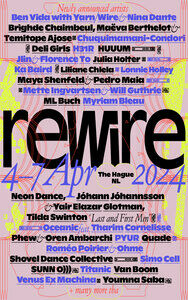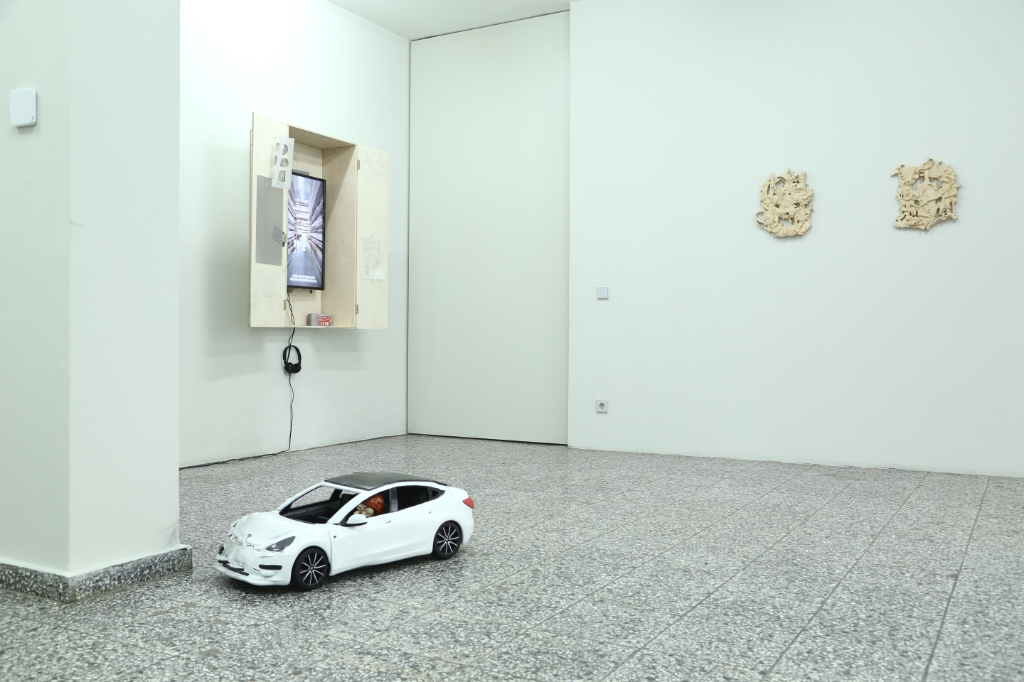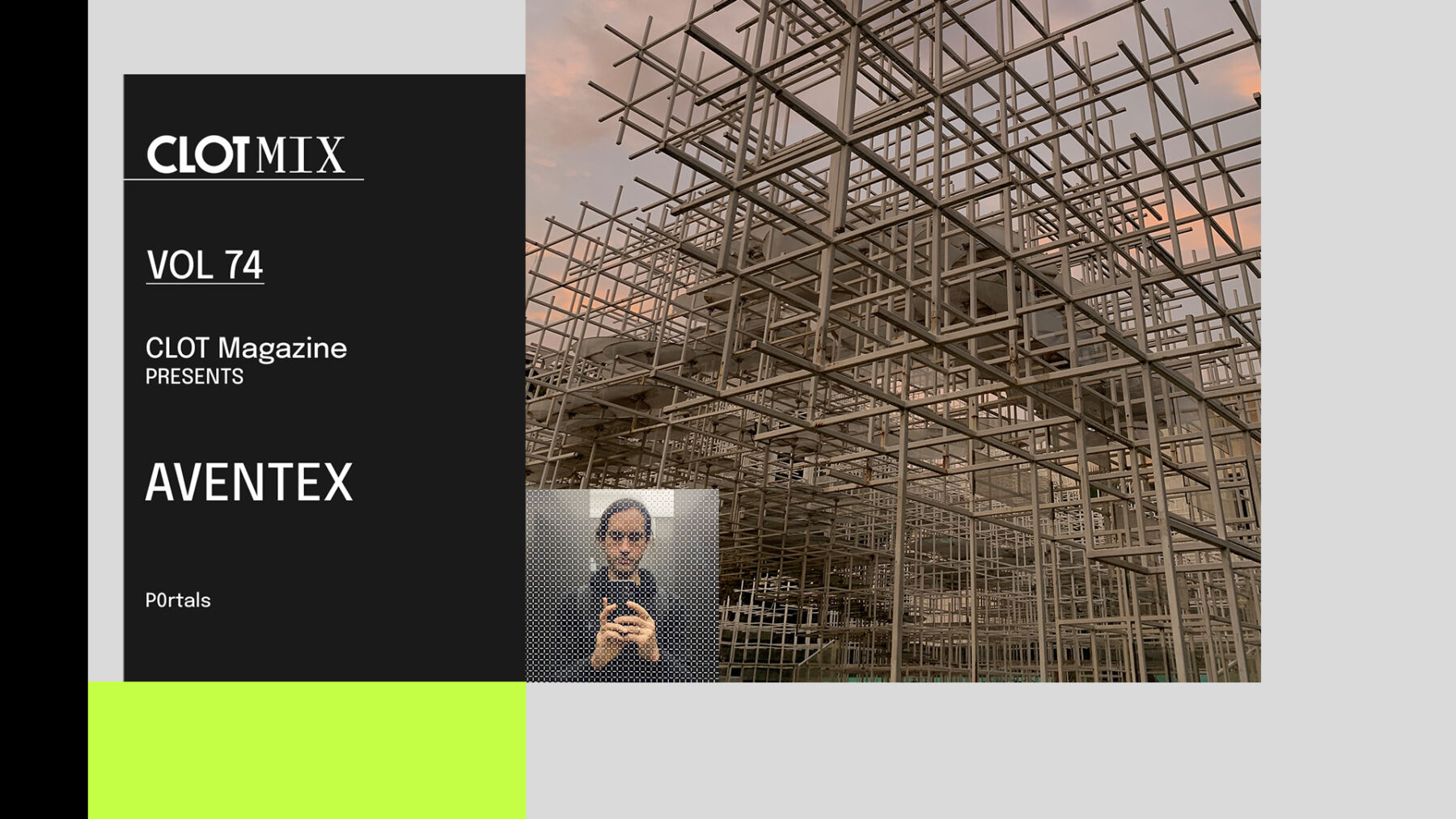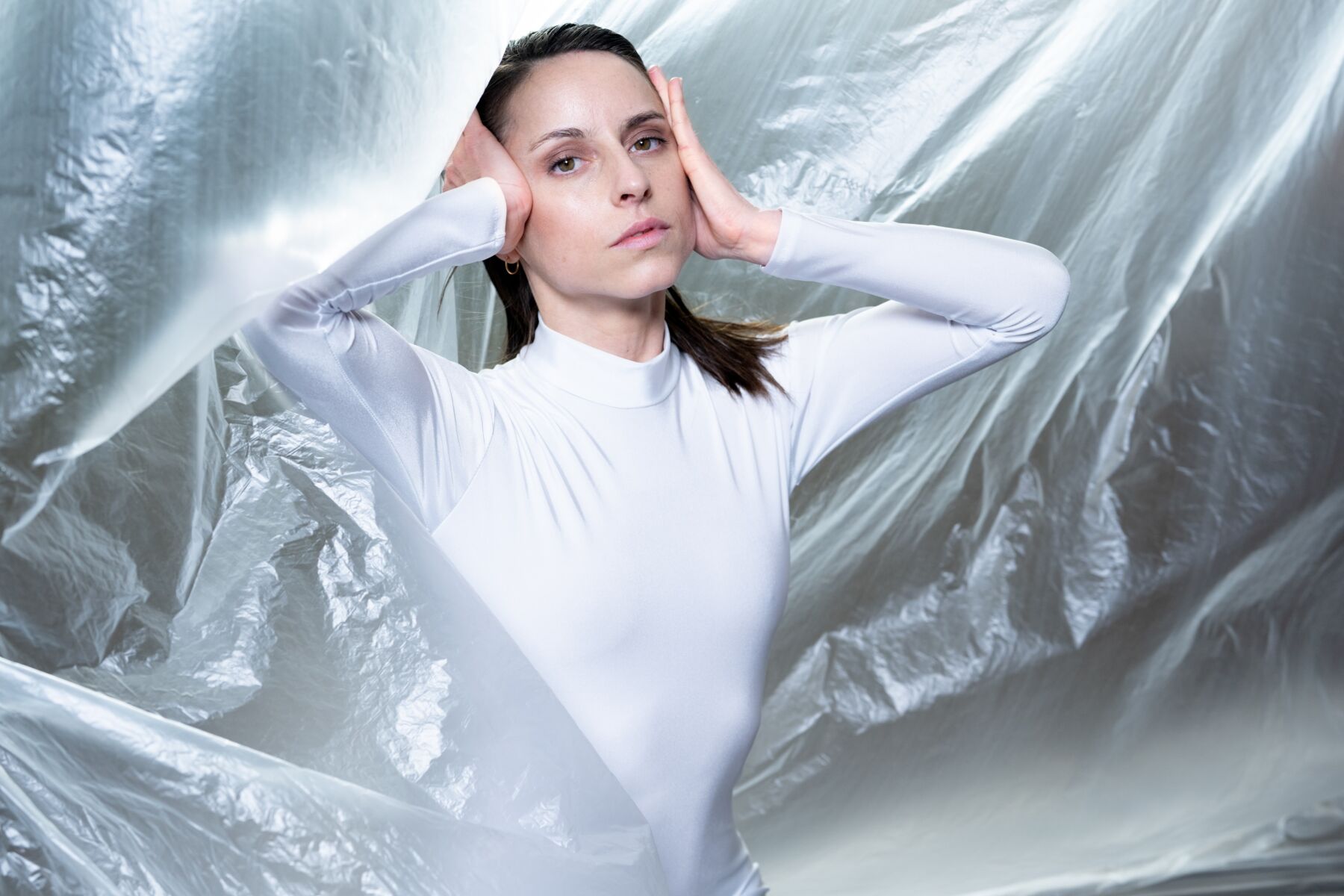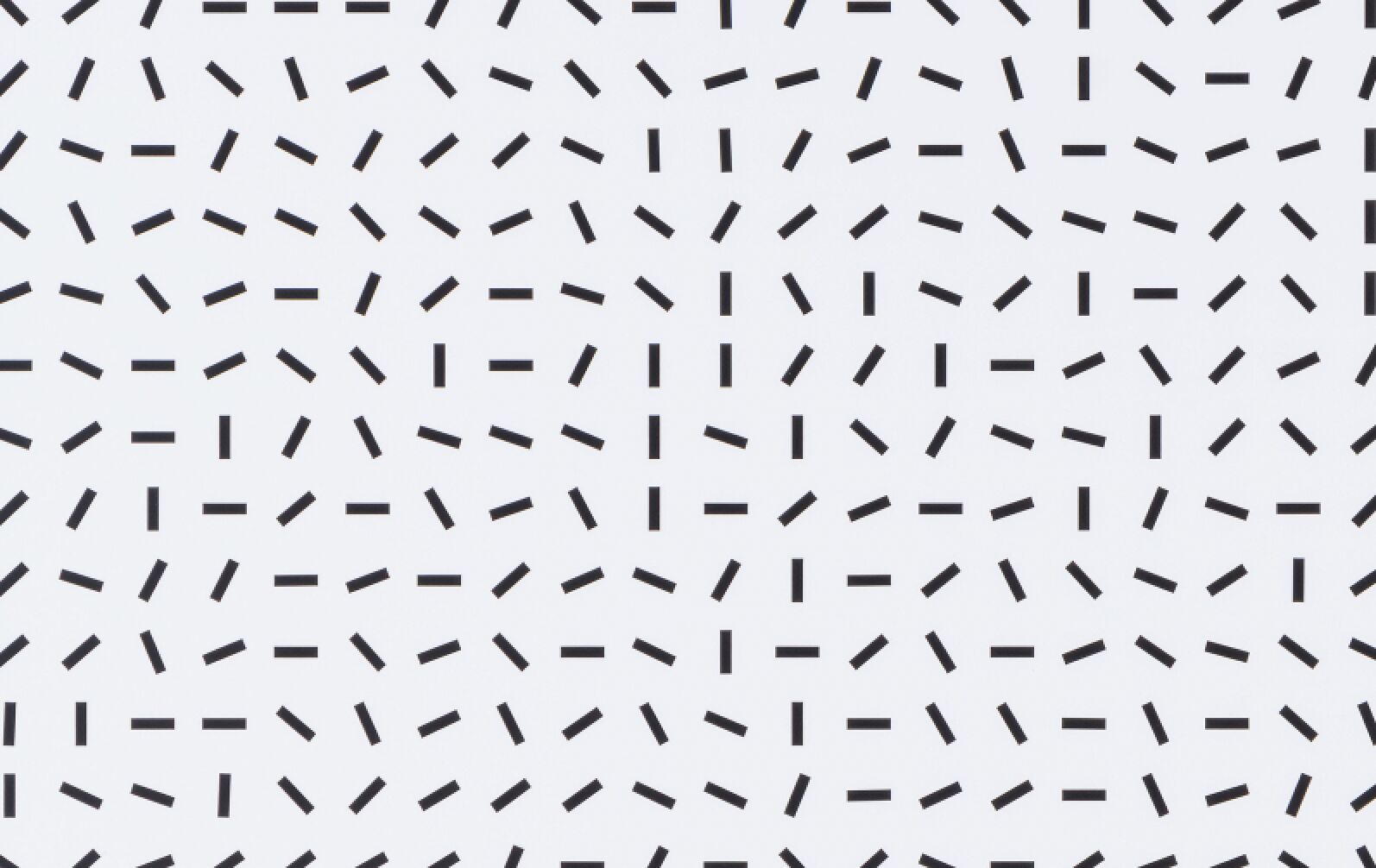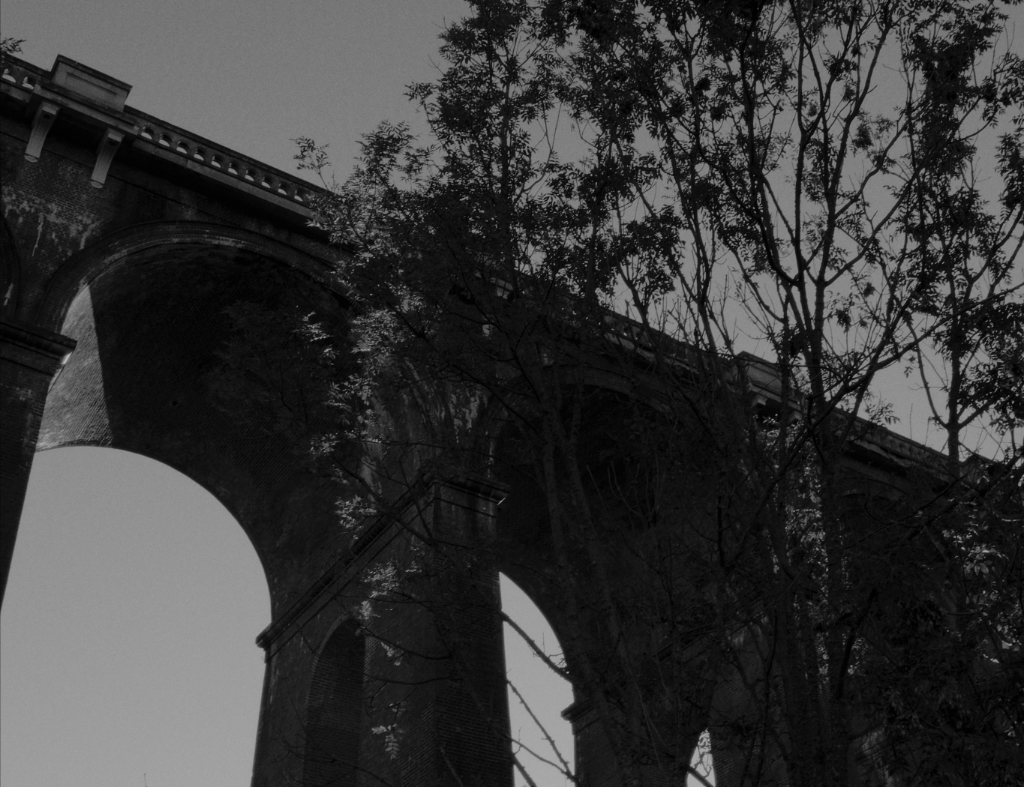Interview by Laura Netz
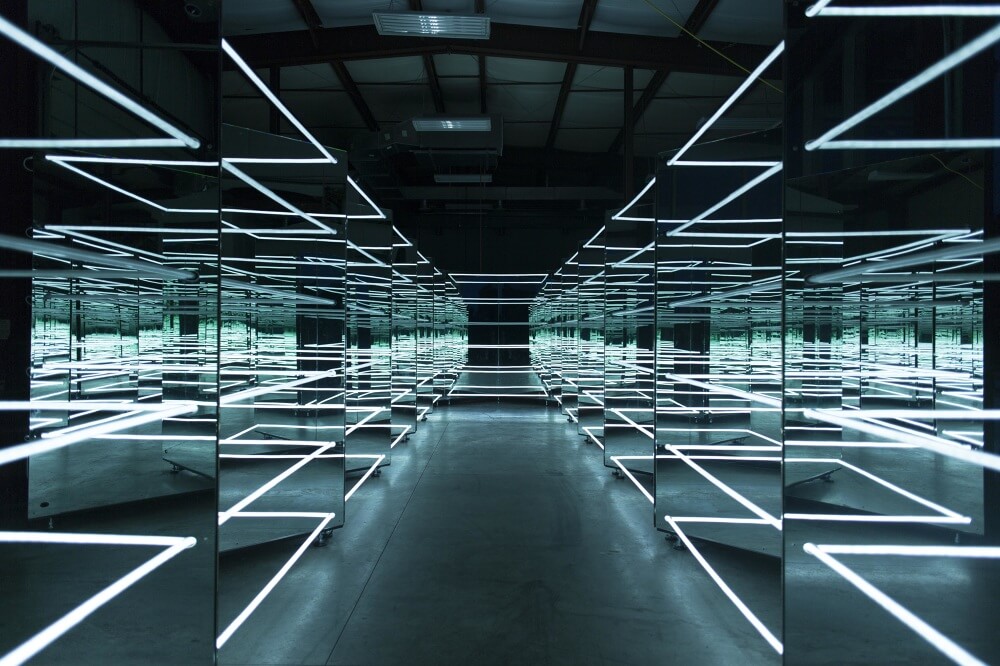
NONOTAK is a Paris-based duo and media artists interested in immersive experiences through sound, light and space interaction. With a background in illustration and architecture, Noemi Schipfer and Takami Nakamoto exemplify a transversal use of technology in audiovisual installations and performances. Their artworks resemble op art, kinetic art creations, and optical illusions, reaching complex and geometric patterns and creating neural brain spark effects.
In May, they present a new piece for World of Light. This new LA art exhibition will provide an engaging experience fusing art with technology through sophisticated installations and visual compositions. NONOTAK’s installations result in an experience towards virtual architecture. The relation real/virtual is implemented in an embedded subject and the dematerialisation of the space. The AV works create a continuum within a never-ending expansion. These hypnotic visual experiences disrupt perception towards the space infinity.
The artists recognise the influence of the sculptor Chillida, who treated space as light and the vacuum void about light and shadow. Also, Anthony Mccall’s exploration of light and space references the duo’s AV works. AV installations and performances are predominantly of the black-and-white aesthetic within monochromatic projections and elements such as lines and spheres, similar to op art compositions.
NONOTAK was conceived in late 2011 when the Architect Bigoni-Mortemard commissioned a project to create a mural in the lobby of a public housing building in Paris. And since they’ve done installations, AV installations presented at biennales, festivals and a myriad of cultural institutions, and even they have been comissioned by Hermes. However, Hoshi is their most significant piece to date. Presented by Vice Media, The Creators Project and Toyota, the piece uses mirrors in an expanding architecture through lights, creating a situation for an embedded subject in a real/virtual dialogue.
More recently, NONOTAK collaborated with British filmmaker Sean Ellis and Stella McCartney on a short film that featured actor Cillian Murphy and music by Paul McCartney, filmed over a single night in a forest outside London. They also presented Shiro, an X shape structure of two large frames with four HD projectors. Exploring new frontiers in the Artech universe, Nonotak’s creations are dreamy performances and installations pushing to enhance our senses to the limit.
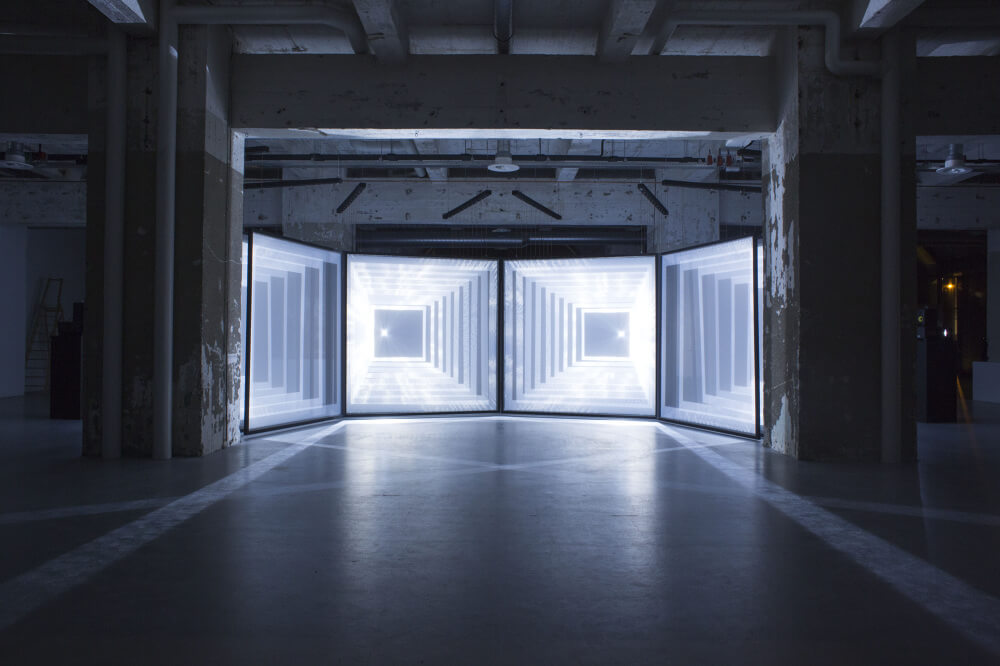


NONOTAK Studio is a collaboration between Noemi Schipfer, illustrator and Takami Nakamoto, architect and musician. Your work encompasses sound, kinetic visual and geometric illustration and space. For those unfamiliar with it, could you tell us a little bit more about your background and how NONOTAK was incepted?
Noemi graduated from Illustration school, and I (Takami) graduated from Architecture school while I was part of a Post-Hardcore Rock band called Doyle Airence as a guitar player. I have always been sensitive to how light affects a space and, on top of that, how sound behaves differently according to where you place it.
During my architecture studies, I often found myself designing architecture that was so immersive that I was blurring the boundaries between huge-scale sculptures and architecture with particular attention to the sound aspect. I like artists like Eduardo Chillida, who creates giant sculptures that often play with the relation of a space’s boundaries and sound. I particularly love one project of his called Elogio del Horizonte in Gijon, which uses the loud sound of the wind as a primary material. There is a moment when you get close to the piece, and the sound changes so radically that it creates an “invisible” boundary.
When we started NONOTAK, we had this vision of experimenting with Space, Light and Sound in a way anyone could relate. Light is such a strong material that it can greatly impact people’s emotions. Space is a notion anyone can understand and feel, and we thought disrupting it with light and sound would give us a lot to play with. Sound dictates the narration of all the immersive experiences we are building.
Mixing all three approaches and starting to work on an installation centred around those parameters was how we started.
What are your aims as artists working between technology and art?
We don’t consider ourselves tech artists, but we aim to use any medium possible to create immersion and help us reach a visual goal; that’s when technology becomes a big part of our work. I think that mission should dictate gear, not the other way around. The fundamental part of creating an immersive experience is knowing your goal; from that, you choose the right medium.
Actually, in my opinion, our aim is often to hide technology for people only to see the essentials, the art piece. Many artists see poetry as displaying technology and making it as present as possible. We see poetry in not seeing how things work, like magic tricks.
For World of Light, you are presenting a new piece. Could you tell me more about the intellectual process behind it and the biggest challenges you faced in its development?
Yes. The installation is called Lake. The biggest challenge is that it is an installation we have wanted to make happen for years now. Regarding material, we are using led pixel addressable fixtures and mirrors. We will keep the rest of the description vague and leave it for the festival!
What do you expect from the audience that will interact with the piece?
I want them to enjoy the experience as much as I appreciate it!
What’s your chief enemy of creativity?
Sleep.
You couldn’t live without…
N/A.






